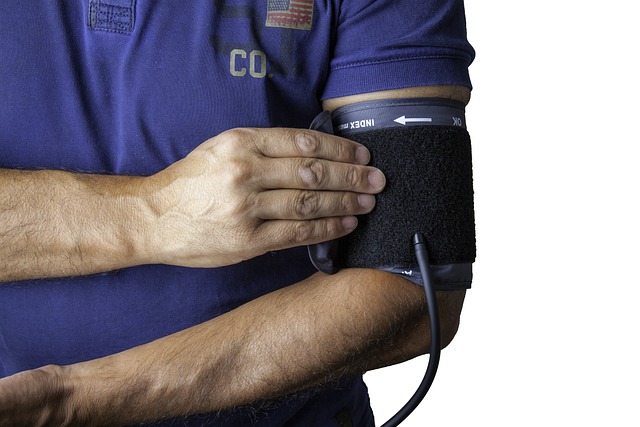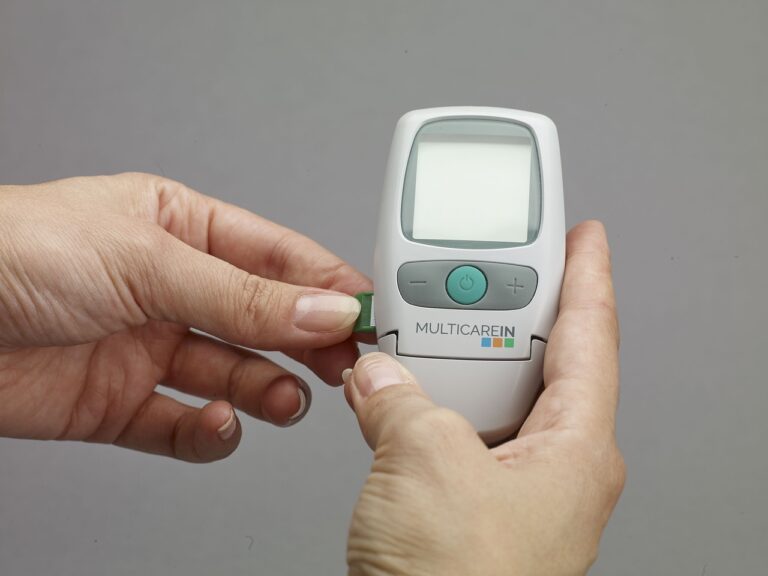Advancements in Neural Prosthetics: Restoring Sensory Feedback
Neural prosthetics have a rich history dating back to the mid-20th century when the first attempts were made to interface the brain with external devices. In the early days, researchers focused on developing brain-machine interfaces to help individuals with disabilities regain control of their limbs or communicate through technology. These early experiments laid the foundation for the future development of more advanced neural prosthetic devices.
As technology advanced, so did the capabilities of neural prosthetics. The field saw significant progress with the integration of microelectronics and neurobiology, leading to the development of more sophisticated neural interfaces. Today, neural prosthetics have evolved to include not only motor control but also sensory feedback, enabling users to experience a more natural interaction with their prosthetic limbs or devices. The history of neural prosthetics is a testament to human ingenuity and the relentless pursuit of improving the quality of life for individuals with neurological disorders.
Neural prosthetics have a rich history dating back to the mid-20th century
Early researchers focused on developing brain-machine interfaces for individuals with disabilities
These early experiments laid the foundation for more advanced neural prosthetic devices
Integration of microelectronics and neurobiology led to significant progress in the field
Today, neural prosthetics include motor control and sensory feedback for a more natural interaction with devices
The Importance of Sensory Feedback in Neural Prosthetics
Sensory feedback plays a crucial role in the effectiveness of neural prosthetics. It serves as the link between the brain and the external environment, allowing individuals to interact and navigate their surroundings in a natural and intuitive manner. Without sensory feedback, users of neural prosthetics may struggle to perform tasks with precision and accuracy, hindering their overall quality of life.
Incorporating sensory feedback into neural prosthetic devices is essential for enhancing the user experience and improving functionality. By providing real-time feedback to the brain, these devices can create a seamless connection between the user and the artificial limb, enabling more precise control and coordination. This bidirectional communication between the brain and the prosthetic device is essential for restoring a sense of embodiment and agency to individuals with limb loss or neurological disorders.
Current Challenges in Restoring Sensory Feedback
Restoring sensory feedback in neural prosthetics remains a formidable challenge for researchers in the field. One of the primary hurdles faced is achieving precise and reliable stimulation of sensory pathways to accurately convey information to the brain. The complexities of encoding and decoding sensory information in real time pose significant technical obstacles that need to be overcome for effective sensory feedback integration.
Another critical challenge lies in developing biocompatible and long-lasting implantable devices that can withstand the harsh biological environment within the body. Ensuring the stability and functionality of these devices over extended periods is crucial for the success of neural prosthetics in restoring sensory feedback. The need for innovative materials and robust encapsulation techniques is paramount to address the inherent limitations and potential risks associated with implantable technologies in the quest to restore sensory feedback effectively.
What is the history of neural prosthetics?
Neural prosthetics have been in development for several decades, with early prototypes dating back to the 1970s.
Why is sensory feedback important in neural prosthetics?
Sensory feedback is crucial for allowing users to interact with their environment and make informed decisions based on the information they receive from the prosthetic device.
What are some of the current challenges in restoring sensory feedback?
Some of the challenges include developing biocompatible materials for implantation, creating interfaces that can accurately transmit sensory information to the brain, and addressing issues of signal degradation over time.







